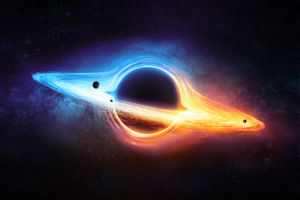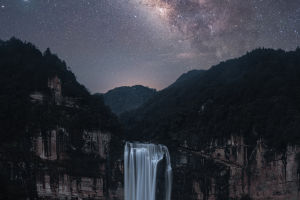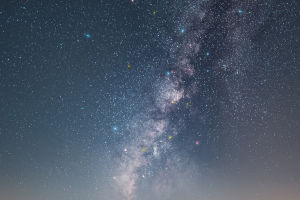Oct. 6 -- Earth-like "pale blue planets" may be rare in the universe, accounting for only 1 percent of potentially habitable planets, according to a new study.
The Swiss-based International Institute for Space Science has found that Earth-like planets (i.e., about 30 percent of the surface is covered by land) may represent only 1 percent of rocky planets in the habitable zone of stars. In contrast, about 80 percent of potentially habitable planets are entirely land-dominated, and about 19 percent are purely oceanic worlds.
The researchers reached these conclusions by modeling the relationship between water in the planetary mantle and plate tectonics on terrestrial recirculation systems. We enjoy a balance between land and ocean on Earth," said Tilman Spohn, executive director of the International Space Science Institute and a member of the research team.
It's easy to think that a second Earth would be like the planet we live on now. But our simulations suggest that this may not be the case."
The simulations show that the ratio of land to the ocean (1:3) on Earth can create a delicate balance. For most other planets, the ratio is more extreme and could easily create a situation where the vast majority island or ocean.
Spohn and his collaborator, Dennis Höning, a postdoctoral researcher at the Potsdam Institute for Climate Impact Research in Germany, concluded that the most likely time for this tipping point to occur is when the temperature of the planet's interior approaches the temperature of the Earth's mantle. At such mantle temperatures, the role of water circulation on land in subduction zones between tectonic plates determines whether a planet is dominated by land or oceans.
These simulations suggest that planets with less than 10% land and overwhelmingly ocean-dominated are likely to have a warm climate with a humid atmosphere and a predominantly tropical climate; planets dominated by land typically have less than 30% surface ocean coverage, and they are colder, drier, and have a harsher climate than ocean-dominated planets. On these land-dominated planets, cold deserts can span entire continents, and huge glaciers and ice sheets are more common.
A 2011 study by University of Tokyo researcher Yutaka Abe found that terrestrial planets can remain habitable at greater distances from their stars and that they do not freeze as quickly as oceanic planets because there is less water to form ice and snow. However, the studies by Abefun et al. all agree with Spohn and Horning's conclusion that terrestrial-dominated planets are more common than Earth-like or water-rich planets.
Based on this conclusion, astronomers should look for "pale yellow dots" in habitable zones rather than "pale blue dots" as proposed by the famous American astronomer Carl Sagan.


